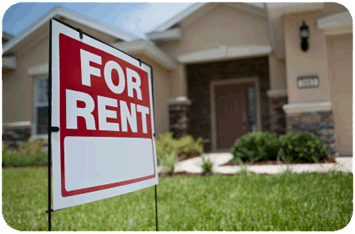Income Tax
A Quick Tax Fix for Vacation Home Rentals
The basic rules are as follows: The income you realize from a vacation home rental is generally taxable, but you can offset the tax liability with deductions for expenses attributable to rentals, including mortgage interest, property taxes, insurance ...
Apr. 17, 2016

By now, most of your clients who rent out vacation homes for part of the year know the drill. They must be careful to stay within the boundaries for “personal use” to be able to deduct a loss from the rental business on their tax return. But that’s often easier said than done.
At least, your clients can benefit from a little-known rule when they’re getting ready for the summer rental season. If you spend most of the day at your home fixing up the place – for example, cleaning inside, making minor repairs and tidying up the grounds – the day doesn’t count towards personal use. In effect, it’s a freebie – even if other family members come along strictly for their own enjoyment.
The basic rules are as follows: The income you realize from a vacation home rental is generally taxable, but you can offset the tax liability with deductions for expenses attributable to rentals, including mortgage interest, property taxes, insurance, repairs, utilities and depreciation. In fact, you might qualify for a deductible loss if your expenses exceed the income, but not if you have too much personal use.
Doing the math can get complicated, but the parameters are clear: No loss is allowed if your personal use exceeds the greater of 14 days or 10% of the number of days the home is rented out. In other words, you have to allocate time spent at the home between business use days and personal use days. For instance, if you take a family vacation at the home the last three weeks of the summer, you’ll run afoul of the personal use limits, regardless of the number of days the place is rented out.
But you can stay within the limits with a relatively small scheduling change. For instance, if you spend the last week of the summer “winterizing” the home for next year, only the first two weeks of the vacation count as personal use days. Alternatively, you might take one week in May to prepare the home for summer rentals and just two weeks of vacation in September. Of course, you must also satisfy the 10% part of the test to qualify for a deductible loss.
How much of the day has to be devoted to work to remove it as a personal day? The IRS says it must be “substantial.” For example, if you put in a solid six hours on clean-up and then relax with a quick dip in the ocean, you should be OK. In any event, it doesn’t matter what the rest of the family does. They can soak in as many rays as they like without any restraints.
Finally, there’s another potential tax hurdle to overcome for vacation home rentals. Under the passive activity loss rules, you can deduct expenses from this passive activity only up to the amount of your passive activity income. A limited exception allows you to write off up to $25,000 of loss against other income, subject to a phase-out between $100,000 of adjusted gross income (AGI) and $150,000 of AGI. Note: The passive activity loss limits don’t apply to short-term rentals average seven days or less if you “materially participate” in the activity (e.g., you provide clean linens and housekeeping services).
Meet with your clients before the summer begins to iron out the details. Make sure they have a firm grasp on all the rules.
